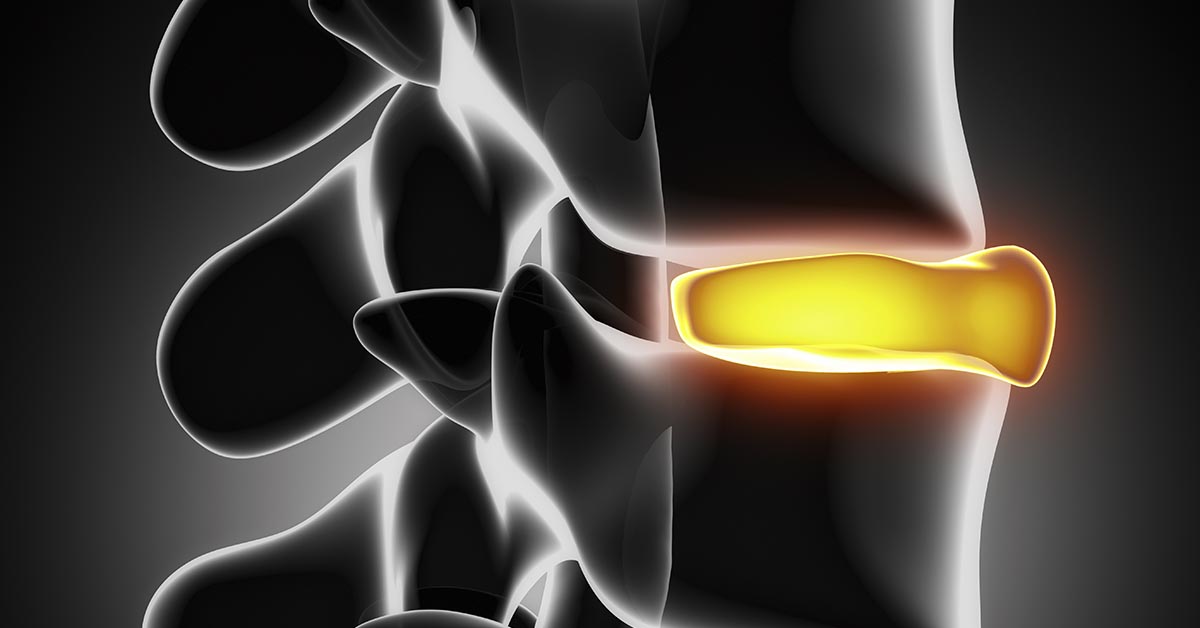 Frank Bendiks, DC, PC works with countless sciatica patients here in our Naperville, IL office, and many of these men and women were concerned that they might need surgery to eliminate their pain. The most recent research indicates that many people don't need surgery for this prevalent issue, and that chiropractic is more successful at solving sciatic nerve pain.
Frank Bendiks, DC, PC works with countless sciatica patients here in our Naperville, IL office, and many of these men and women were concerned that they might need surgery to eliminate their pain. The most recent research indicates that many people don't need surgery for this prevalent issue, and that chiropractic is more successful at solving sciatic nerve pain.
A typical surgery for sciatica is microdiscectomy, and in a 2010 study, specialists looked at 80 patients with sciatica who were referred for this procedure.
Forty patients were then randomly placed in one of two groups. The first group received surgical microdiscectomy and the second group received chiropractic care.
Both groups improved; however, no obvious difference in results was reported one year post-treatment between either group. In addition, around 60% of the participating patients who could not find assistance from any other treatment approach "benefited from spinal manipulation to the same degree as if they underwent surgical intervention."
In other words, chiropractic offered the same positive advantages as surgery without needing to undergo the higher amounts of surgery-based pain or suffer through drawn-out recovery times often associated with that type of treatment option. Additionally, you also don't run the risks linked to surgical microdiscectomy, such as nerve root damage, bowel or bladder incontinence, bleeding, or infection.
Surgery ought to be the last resort for sciatica pain. If you live in Naperville, IL and you're being affected by back pain or sciatica, give Frank Bendiks, DC, PC a call today at (630) 301-0054. We'll help identify the start of your pain and work hard to get you relief.
References
- McMorland, G et al. Manipulation or microdiskectomy for sciatica? A prospective randomized clinical study. Journal of Manipulative and Physiological Therapeutics 2010;33(8):576-584.
- Solberg TK, Nygaard OP, Sjaavik K, Hofoss D, Ingebrigtsen T. The risk of "getting worse" after lumbar microdiscectomy. European Spine Journal 2005;14(1):49-54.



